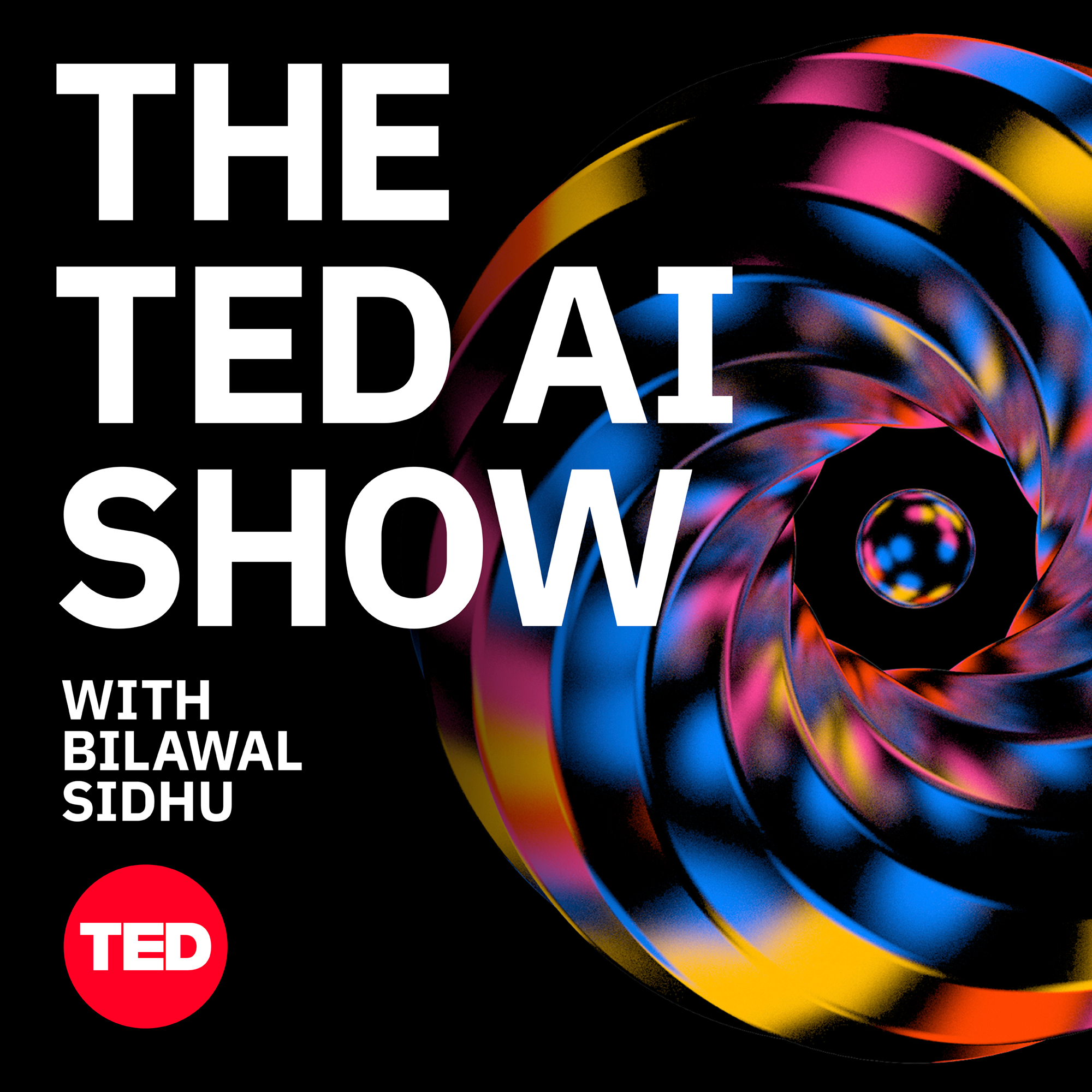
How AI digital doppelgängers could change the way we communicate w/ Synthesia CEO Victor Riparbelli

The TED AI Show
Deep Dive
Why are digital avatars necessary in a world with so many communication tools?
Digital avatars aim to replicate the human experience of communication, offering a more lifelike interaction compared to text, which abstracts away nuances of speech and expression.
What is the difference between a digital avatar and a digital human in Victor Riparbelli's view?
The terms 'avatar' and 'digital human' both refer to AI-generated representations, but 'digital human' implies a closer resemblance to actual human life, especially as AI improves and becomes more lifelike.
How does Synthesia create digital avatars, and what is the process like?
Synthesia requires around 3-4 minutes of video footage, which can be recorded with a webcam or phone. The avatar can then be customized with different voices, scripts, and languages, and can be used in various environments.
What are the two main ways people can use Synthesia to create digital humans?
Users can either choose from off-the-shelf avatars or create custom avatars of themselves, with both options being equally popular.
How do people typically react when they first encounter their digital avatars?
Many people are initially self-conscious, but they often appreciate the final result, especially if it allows them to avoid the discomfort of being on camera.
What are some of the benefits of using digital avatars for businesses?
Digital avatars allow businesses to create video content more easily and affordably, enabling them to communicate with customers and employees in a more engaging way than text alone.
How does Synthesia handle the ethical concerns around misinformation and misuse of avatars?
Synthesia has strict content moderation policies and requires explicit consent for creating avatars. They also work to ensure that avatars are not used for harmful purposes, though they acknowledge that no system is perfect.
What is the future of digital avatars in terms of real-time interaction?
Synthesia plans to launch real-time avatars within the next year, which will allow for more lifelike, interactive experiences, potentially indistinguishable from human conversations.
How does Victor Riparbelli envision the role of digital avatars in customer service and human interactions?
While some roles like customer service may be fully automated, others that require human connection, like sales or hospitality, will likely retain a human element, as people value the personal touch.
What does Victor Riparbelli believe will happen to media literacy in a world of digital avatars?
He believes that media literacy will become even more critical, as people will need to critically evaluate the authenticity of content, presuming that most online content is fictional unless proven otherwise.
Shownotes Transcript
As AI technology advances, it’s becoming harder and harder to distinguish between work done by humans and work done by computers. But is AI becoming more human, or are we becoming more digital? Synthesia is a video platform that uses AI to generate lifelike video avatars, further blurring the lines between humans and their digitized lookalikes. In this episode, Bilawal sits down with Synthesia’s CEO, Victor Riparbelli, to discuss the benefits of having your own AI avatar, how companies are using this tool to improve communication, and why media literacy is more important than ever in a world of ever-thinning lines between real and fake. They dissect the risks that come with making this technology available to the public, the strict rules Synthesia has in place to protect their users, and question the ethics of having a digital clone. Tune in to see if you’ll be sending your own AI avatar to your boring meetings in the near future.
For transcripts for The TED AI Show, visit go.ted.com/TTAIS-transcripts)
Hosted on Acast. See acast.com/privacy) for more information.